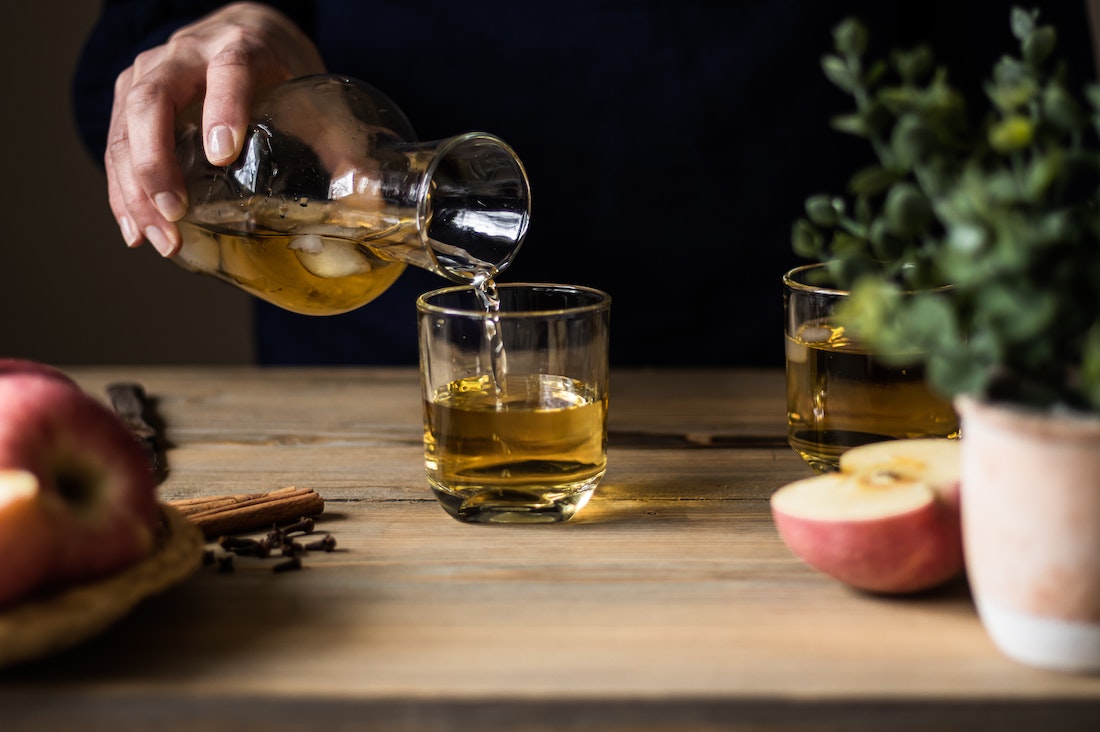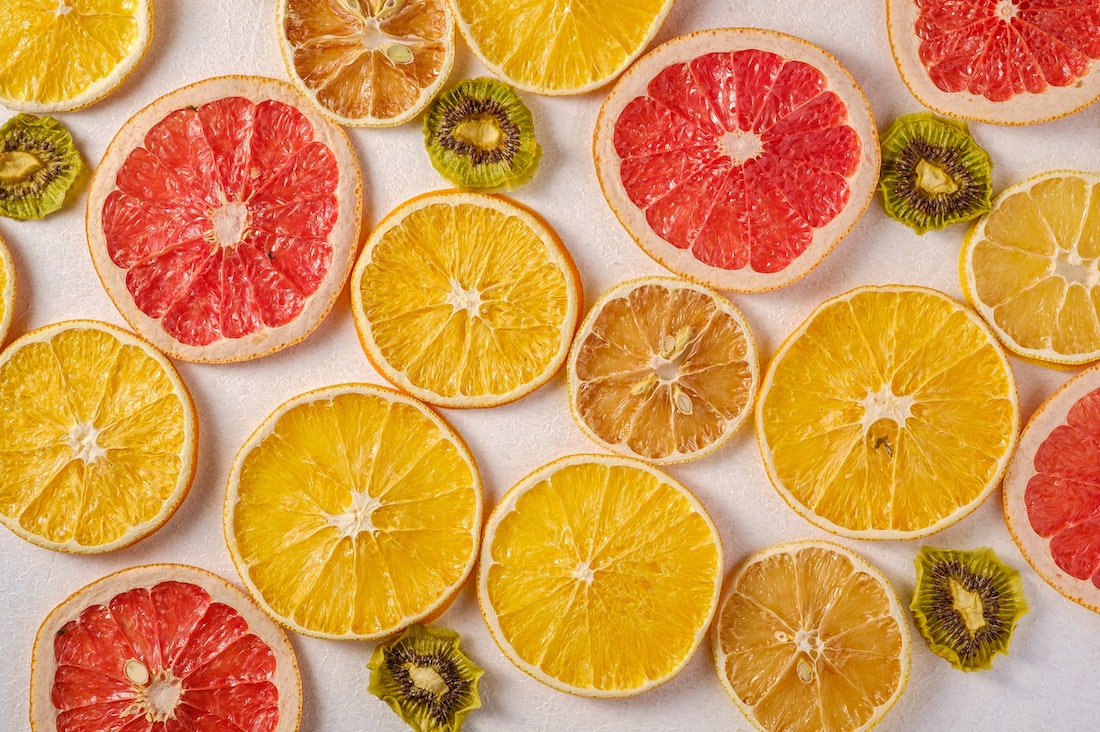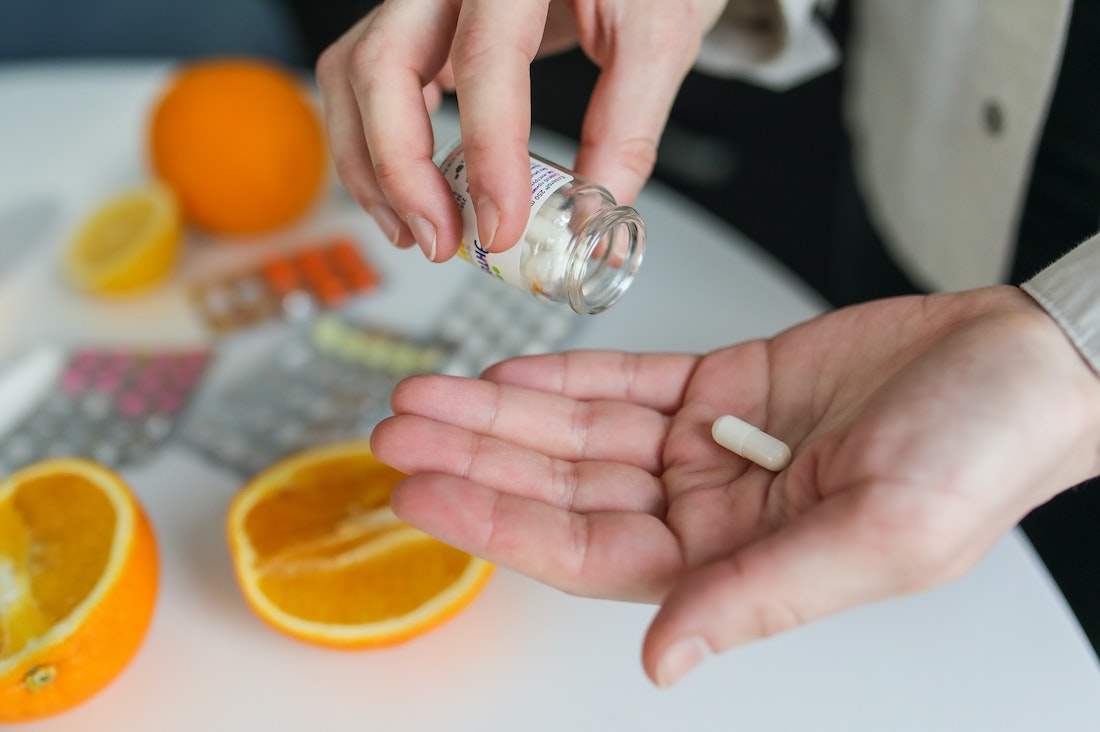Most people don’t pay much attention to pee, but when you see changes in urine color, it’s normal to wonder what’s happening. Your pee gives you important clues about your body, such as letting you know when you’re dehydrated. That said, sometimes color and odor changes happen because of the foods you eat. So how can you tell the difference?
What Should Healthy Urine Look Like?

Healthy pee ranges from pale yellow to the color of apple juice. Darker pee tells you to get more liquids, and clear pee means you’re drinking lots of water. Usually, pee shouldn’t have much of a smell.
What Foods Change Your Pee?

One of the biggest culprits of pee changes is asparagus. This veggie contains sulfur, so it often makes urine stink. Here are other foods that can cause changes in pee.
1. Beets
If your pee looks reddish, don’t panic just yet. Instead, think about what you ate the day before. Beets can make your urine turn bright red long after meals.
2. Blackberries
These dark berries have antioxidants that can turn pee reddish pink. Eating a lot of blueberries can have a similar effect.
3. Rhubarb
As you may have guessed by the color of these tart stalks, rhubarb can tinge pee pink. This occurrence can happen whether you eat it raw or cooked.
4. Carrots
The beta carotene in carrots can change your pee if you eat (or drink in juice) a lot. The color usually is a light orange.
5. Fava Beans
People who love fava beans should expect to see dark brown pee when they go to the bathroom. Remember, this usually only happens when you eat a large amount.
6. Kiwi and Citrus Fruits
If you take vitamin C supplements and eat lots of citrus or kiwis simultaneously, your pee may turn bright orange. In this case, the excess vitamin C is getting flushed out.
7. Garlic and Onions
Meals with onions and garlic don’t just affect a person’s breath. These tasty but stinky foods can also make pee smell like rotten eggs afterward.
8. Foods and Drinks With Coloring
Many products on store shelves contain food dyes such as Red 40, Blue 1, Yellow 5 and Green 3. For example, sports beverages, popsicles, gelatin desserts and snacks often contain colorings. These dyes can turn your pee into some pretty wild colors, from neon yellow or green to blue or purple.
What About Medications and Supplements?

Many prescription drugs and vitamin supplements can change the color or smell of pee:
- Red: Laxatives with senna, phenazopyridine and rifampin
- Orange: Phenazopyridine, isoniazid, sulfasalazine and excess vitamin C
- Green or blue: Propofol, promethazine, amitriptyline and indomethacin
- Dark brown: Chloroquine, primaquine, methocarbamol, metronidazole and laxatives with senna.
- Neon yellow: High-dose vitamin B2
If you’re unsure whether a medication or supplement is why your urine looks weird, feel free to mention it to your doctor. Asking questions is always a good thing.
When Should You Visit a Doctor About Pee Changes?

You have nothing to worry about when pee colors change temporarily because of the foods you eat. If the changes last several days, though, you should visit your doctor to rule out a urinary tract infection, kidney stones, or liver problems.
UTIs can make your pee look yellowish-green and cloudy. Other warning signs of health issues include burning sensations, pain, lower back inflammation, bleeding and strong odors.
